
Forklift Controller - Lift trucks are available in several other units that have varying load capacities. Most average forklifts utilized in warehouse settings have load capacities of 1-5 tons. Larger scale units are used for heavier loads, like for instance loading shipping containers, could have up to 50 tons lift capacity.
The operator could use a control to raise and lower the blades, which could likewise be called "tines or blades". The operator of the lift truck can tilt the mast to be able to compensate for a heavy loads propensity to angle the forks downward. Tilt provides an ability to function on rough surface also. There are annual competitions for skilled forklift operators to compete in timed challenges as well as obstacle courses at regional lift truck rodeo events.
Forklifts are safety rated for cargo at a particular limit weight as well as a specific forward center of gravity. This essential info is provided by the manufacturer and placed on a nameplate. It is essential loads do not go beyond these details. It is prohibited in a lot of jurisdictions to interfere with or remove the nameplate without getting permission from the forklift maker.
The majority of lift trucks have rear-wheel steering in order to enhance maneuverability. This is particularly effective within confined areas and tight cornering spaces. This particular kind of steering differs quite a little from a driver's initial experience along with various motor vehicles. As there is no caster action while steering, it is no necessary to utilize steering force to be able to maintain a continuous rate of turn.
One more unique characteristic common with forklift operation is instability. A constant change in center of gravity occurs between the load and the lift truck and they have to be considered a unit during use. A forklift with a raised load has centrifugal and gravitational forces which could converge to bring about a disastrous tipping accident. To be able to prevent this possibility, a lift truck must never negotiate a turn at speed with its load raised.
Lift trucks are carefully made with a cargo limit used for the blades. This limit is lessened with undercutting of the load, that means the load does not butt against the fork "L," and also lowers with tine elevation. Generally, a loading plate to consult for loading reference is positioned on the forklift. It is unsafe to make use of a forklift as a worker lift without first fitting it with specific safety devices like for instance a "cherry picker" or "cage."
Lift truck use in warehouse and distribution centers
Vital for whichever distribution center or warehouse, the forklift needs to have a safe environment in which to accommodate their safe and efficient movement. With Drive-In/Drive-Thru Racking, a forklift must travel within a storage bay that is several pallet positions deep to set down or obtain a pallet. Operators are usually guided into the bay through rails on the floor and the pallet is placed on cantilevered arms or rails. These tight manoeuvres need expert operators in order to carry out the task efficiently and safely. Because every pallet requires the truck to go into the storage structure, damage done here is more frequent than with other types of storage. Whenever designing a drive-in system, considering the dimensions of the tine truck, as well as overall width and mast width, have to be well thought out to be able to ensure all aspects of an effective and safe storage facility.
![]() Click to Download the pdf
Click to Download the pdf
Forklift Parts
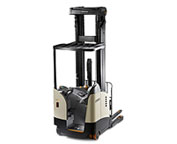
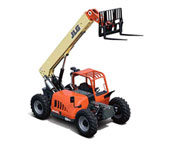
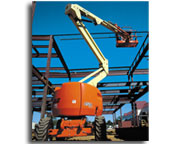
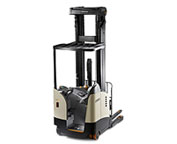
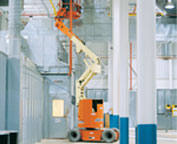
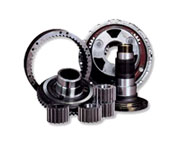

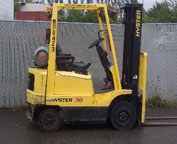
Lift Parts Express
TOLL FREE: 1-888-695-7994
Beaumont, Texas
forkliftpartsbeaumont.com
Email Us
About Us



